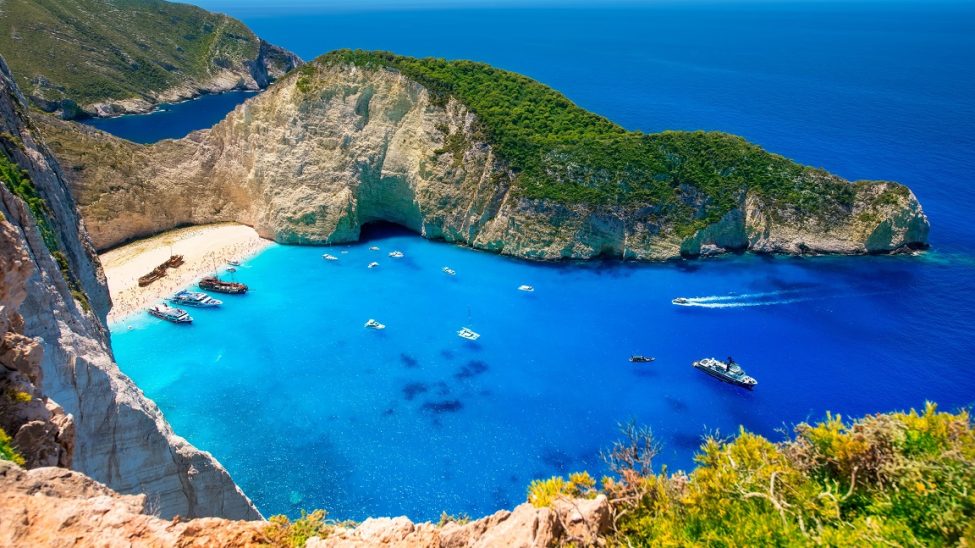
Is Green Flying Possible? Exploring Sustainable Flight Options Across Europe
Is Green Flying Possible? Exploring Sustainable Flight Options Across Europe
The Environmental Challenge of Air Travel
Aviation contributes approximately 2.5% of global CO₂ emissions, with European flights accounting for nearly 30% of worldwide air traffic. A single transatlantic flight generates about 1 ton of CO₂ per passenger – equivalent to the annual carbon footprint of a person in many developing countries. Beyond carbon, contrails (those white streaks behind planes) actually trap heat in the atmosphere, potentially tripling aviation’s climate impact.
Emerging Sustainable Solutions
1. Sustainable Aviation Fuel (SAF) Programs
Several European airlines now offer SAF blending options:
- KLM’s Corporate BioFuel Program: Allows businesses to purchase biofuel credits (currently 0.5% blended in all flights)
- Lufthansa Green Fares: Includes 10% SAF + carbon offsetting (€5-70 surcharge depending on route)
- British Airways’ SAF Purchase: Passengers can buy 10%, 50% or 100% SAF blends for their flight segments
Pro Tip: SAF reduces lifecycle emissions by 70-90% compared to conventional jet fuel. Helsinki Airport became the world’s first to offer SAF at all fueling points in 2023.
2. Carbon-Neutral Airlines
- Air France-KLM: Committed to 10% SAF usage by 2030
- easyJet: Since 2022, all flights are carbon-neutral through offsets (investing in solar/wind projects)
- Norwegian Air: Operates one of Europe’s youngest fleets (avg. age 3.7 years) with 15% better fuel efficiency
3. Innovative Aircraft Technologies
- Electric Planes: Sweden’s Heart Aerospace developing 30-seat electric aircraft for 2028 regional routes
- Hydrogen Trials: Airbus plans hydrogen-powered A320 by 2035, with test flights from Toulouse
Practical Guide for Eco-Conscious Flyers
Route Planning Strategies
- Train-Flight Combos:
- Fly into major hubs (Frankfurt/Paris), then take high-speed rail (ICE/TGV)
- Example: London-Paris-Vienna emits 35% less CO₂ when taking Eurostar to Paris then flying
- Efficient Routing:
- Non-stop flights save 5-10% fuel vs. connections
- New flight paths like “Free Route Airspace” (implemented in Portugal/Switzerland) save 50kg fuel per flight
- Equipment Matters:
- Airbus A350 burns 25% less fuel than older 747s
- Look for airlines with >80% new-generation aircraft (e.g. Wizz Air’s A321neos)
The Road Ahead
While perfect green flying doesn’t yet exist, European travelers in 2025 have meaningful options:
- Best current choice: SAF-blended flights + verified offsets (look for Gold Standard certification)
- Future watch: Sweden aims fossil-free domestic flights by 2030; Denmark/Norway by 2040
- Alternative hubs: Consider flying through Amsterdam (KLM’s SAF hub) or Stockholm (renewable fuel focus)
“Flying less but better” remains the mantra – when you must fly, these strategies can reduce your footprint by 30-50% immediately.




